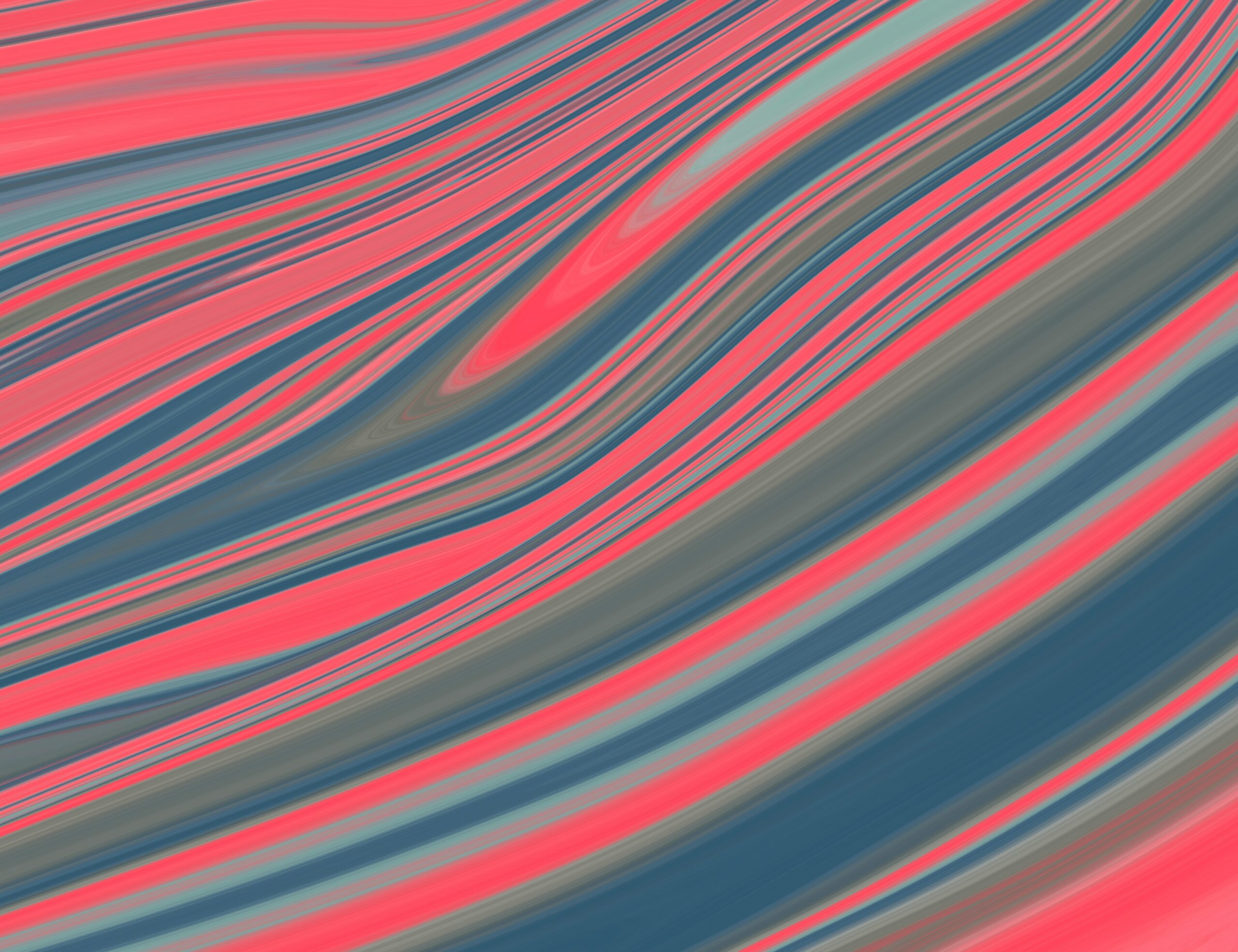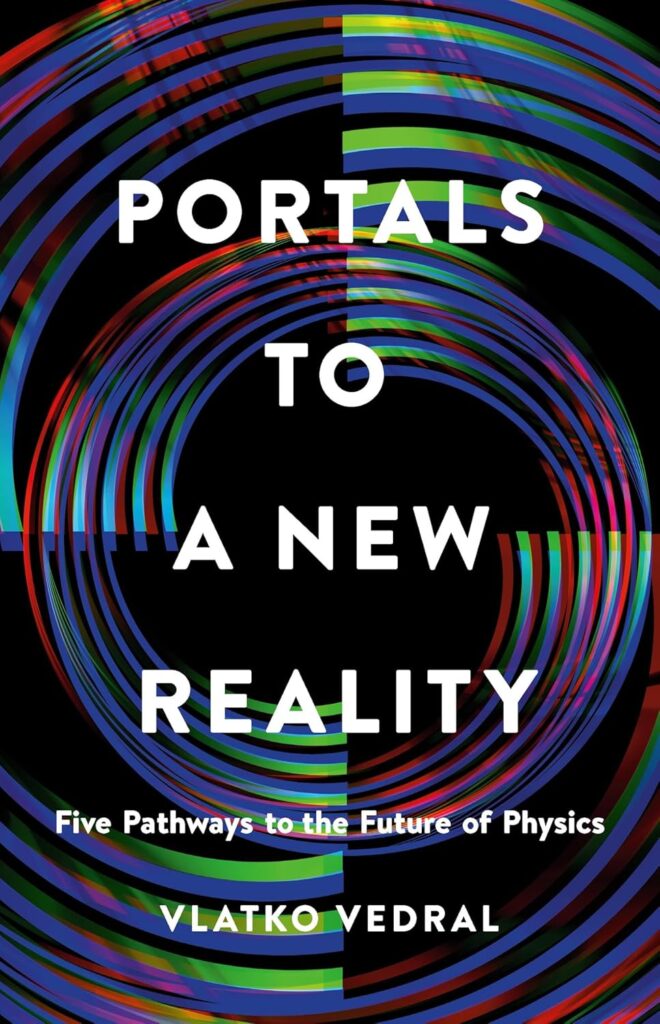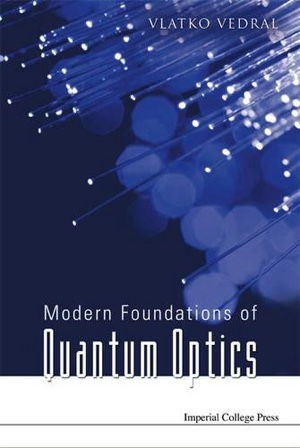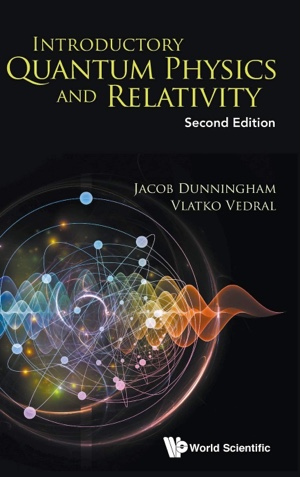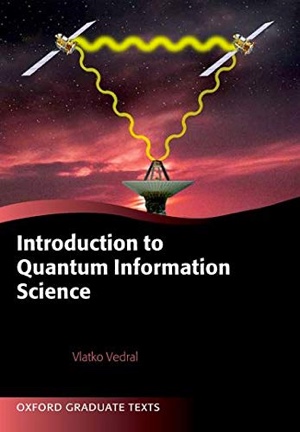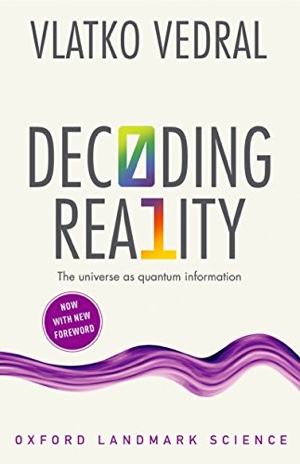How Newton invented Hidden Variables and Fresnel discovered Decoherence
I’d like to tell you something you might find surprising (I did) and it’s all about things in classical physics that happen to be analogous to some of the concepts frequently thought to be strictly quantum mechanical. In order to fully appreciate the title, I’d like to claim, more specifically, that Newton was the originator of the first hidden variable theory in physics and that the concept of decoherence was discovered by the French physicist Fresnel.
You might think my claims are outrageous, but, if you bear with me, things will hopefully become clearer. I have something very concrete in mind that will hopefully convince you of the validity of my claims.
Anyway, before I tell you about it, I’d like to say how interesting it is that certain issues in physics keep popping up in different forms and guises in different areas of physics. I am guessing that’s telling us that our biases regarding what nature ought to be like do matter. Physics is all about explaining natural phenomena (as the origin of the word “physics” testifies to) and the story we tell ourselves regarding how things work matters in physics too (and not just in literature or jurisprudence). Some stories are simply more convincing than others, even though the ultimate decider (in science) is the experiment.
Coming back to the main topic, Newton thought that light was made up of particles. Huygens – his contemporary – was sure it was a wave. The wave picture was more natural as it explains why light interferes, why it “bends” around obstacles and why a beam of light spreads as it propagates. All these are hallmarks of waves. But Newton thought that it would be neater if light, like the rest of matter that he studied, was made up of particles (the story we tell is important). Newton’s logic was that rays of light propagate in straight lines and this is the same as what particles do when no forces act on them.
Of course, Newton was aware of interference effects and he used the logic of his particle mechanics to try to explain it. If light deviates from straight lines – as it does when it bends around corners, this must mean (according to Newton) that there is a force produces by the material that the light passing by feels and this is what makes it bend. This, however, won’t solve the behaviour of a beam of light being partially transmitted through and partially reflected by a glass surface. If the incoming beam is made up of particles, how does the glass decide which particles in the beam to transmit and which ones to reflect?
And it’s here I think that Newton comes up with the first ever hidden variable theory. He invents the notion of an extra mechanism that consists of the “Fits of easy Transmission and Fits of easy Reflection”. In the modern quantum parlance, we would say that Newton postulated the existence of a “pilot wave” that guided his particles of light as far as the reflection and transmission were concerned. There was an intrinsic periodicity in the fits of easy transmission and reflection that told the glass which particle to reflect and which one to transmit.
This is why I think that Newton’s logic is very similar to the quantum hidden variable theory which, by the way, was invented by de Broglie and Bohm. In fact, Einstein too was convinced that hidden variables must exist because he didn’t like the fact that quantum objects are capable of being in a superposition of different states (there must be something interesting in the fact that the two greatest physicists of all time, Newton and Einstein, both had similar taste for the physics stories).
The quantum hidden variable theory is meant to deal with the issue that all quantum particles could be in two or more places at the same time. A single photon is both transmitted and reflected by a piece of glass. However, people like Einstein didn’t like that fact that a photon could be in two places at the same time, which is why he preferred to imagine that the photon is really either reflected or transmitted (much like what Newton thought). But then, there is a problem of interference, which cannot be understood by insisting on the photon being in only one place at one time. Hence, de Broglie and Bohm came up with much the same mechanism as Newton to try to account for how a particle could behave like a wave and that is to postulate a pilot wave to guide it accordingly.
Interestingly enough, neither Newton nor Huygens could explain yet another property of light. Birefringence. When you look at a text through a piece of crystal called calcite, you see two copies of the same text. The reason is that the light going through calcite follows two different paths, hence the name “bi”-refringence. Huygens tried to explain this with waves by saying that calcite consisted of two different types of material which refracted the beam differently.
But then he encountered a problem. If you put two calcites one after another, all surfaces perfectly aligned in parallel, then light going through the first one produces two beams which then continue to propagate in the same way through the second calcite. However, when you twist the second piece of calcite so that it’s misaligned with the first, then each of the two beams emerging from the first calcite produces two more beams. Huygens admitted he could not account for this. Newton used this admission of Huygens’s to say that light therefore could not be a wave, however, he himself was also unable to account for birefringence using the particle picture. Neither of the stories in other words, the particles or the waves, worked.
Things remained like that until Fresnel showed up. His idea was that the beam of light actually consists of two waves. One waves up and down as it propagates forward, while the other one waves left and right. Nowadays we think of that as a single wave, and the two ways in which in oscillates are known as two different states of polarization. Newton’s particle picture simply couldn’t do this (and, in the same fashion, the de Broglie-Bohm quantum hidden variable theory cannot account for all the quantum phenomena – more on this in one of the future blogs).
But, and this is the decoherence bit, Fresnel did an independent test to show that the polarization of light must indeed be a genuine property. He took light from separate sources and interfered them at one and the same spot. Interestingly, when they were polarized the same way, they interfered as though they came from one and the same wave. However, when they were polarized differently, the amount of interreference was reduced correspondingly. In the extreme case when one of the two waves was waving up and down and the other one was waving left and right, there was no interference whatsoever! They then didn’t behave like waves in the sense that their intensities added up and not amplitudes…they behaved like particles.
Fast-forward about a hundred years. We say that a particle going through two slits will not interfere when detected at a screen placed after the slits if we know which slit the particle has gone through. If we didn’t know this, the particle would magically go through both. This is why we sometimes hear people say that our intervention, our increased knowledge, can affect reality. However, and as I keep emphasising, physics (quantum physics too) has nothing to do with what we know or don’t know. It is always about the factual state of affairs.
Fresnel knew that. He concluded that two beams cannot interfere if they are distinguishable, if they are in different states of vibration (it doesn’t matter if we know this or not, what matter is the states the beams are in). This is true in quantum physics too. If an atom going through one slit is excited (its electron is in a higher energy level) while when the same atom is going through the other slit its state is not excited, then the atom shows no interference (because the states in different slits are distinguishable). It’s the same story as with the classical optics of Fresnel. If the two states can be distinguished from one another by some other degree of freedom, then they (the two states) cannot be in a superposition.
And we call this effect decoherence (“coherence” being synonymous with “superposition” and “de” emphasising its disappearance). In fact, and as many of my blogs have been advocating, we should interpret quantum physics as telling us that everything is made up of quantum waves. And these quantum waves also stop behaving like quantum waves when decoherence sets in. In quantum physics this happens because the system that’s meant to interfere becomes entangled to something else, some other degree of freedom. This is what ultimately leads to the suppression of quantum effects and results in what we perceive to be classical behaviour. In Fresnel’s experiments, if they were quantum, the spatial state of the beam could be thought of as being entangled with the polarization.
But, and this is what prompted me to write this blog, I find it fascinating that the germ of this realisation about quantum physics becoming classical, as well as other contemporary discussions on the meaning of quantum physics and the existence of hidden variables, go all the way back to classical physics. No doubt we now know much more than Newton and Fresnel did. However, this is surely because we’ve stood on their shoulders and those of many other creative and smart giants of the past.
Sign up to my substack
BOOKS
ASK ME ANYTHING!
If you'd like to ask me a question or discuss my research then please get in touch.
